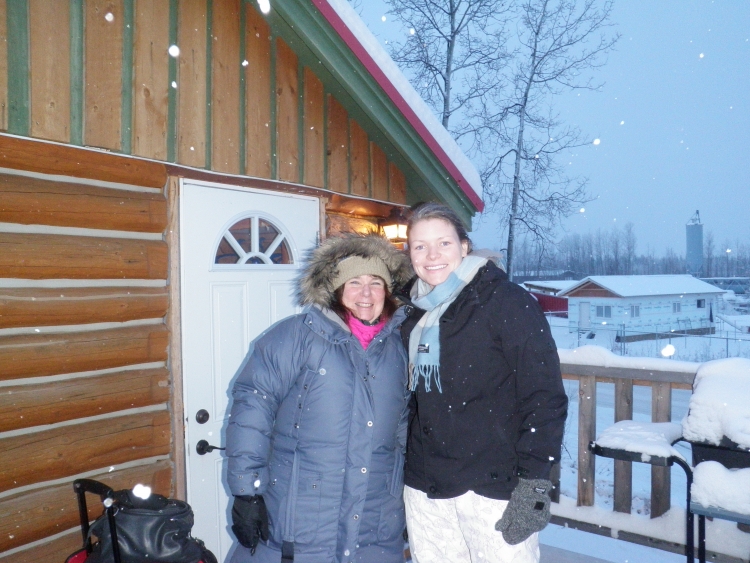OBJECTIVE
The objective is to compare the outcomes from the perinatal database at the Fort Smith midwifery service (2005-2012) to the outcomes of women using the midwifery services in Nunavik (2005-2012) and to women who transferred from Hay River to Yellowknife to deliver their babies. These outcomes include data pertaining to utilization of the maternity service by the women in the community, perinatal outcomes, and transfer rates.
RESEARCH PROPOSAL
Using a retrospective cohort study design, outcomes from over 300 women who have been cared for during peri-partal period at the midwifery service in Fort Smith will be compared to the database of birth outcomes in Nunavik and Yellowknife (transfers from Hay River). The research team will examine socio-demographic variables such as age, marital status, and parity for their role as confounders in the analysis and adjust using multivariate logistic regression. The team will compute odds ratios and their 95% confidence intervals from the beta estimates generated by the logistic model. The research team will present frequency tables to describe the comparison groups and adjusted odds ratios for comparison of outcomes.
This research evaluates the safety of a midwifery model of care providing community birth in Fort Smith, a rural and remote northern setting without local caesarean section capability. The findings of this research will support the development and evaluation of midwife-led models of maternity care in rural and remote communities.
The results of this study will be shared with individuals and the community through the midwifery program.
The fieldwork for this study was conducted from April 3, 2017, to December 31, 2017.
PROJECT STATUS
The initial work, funded by the Alva Foundation, compared the labour and delivery outcomes among women receiving midwifery-led maternity care in Fort Smith to those using midwifery services in Nunavik and to women who requested transfer from Hay River and Fort Smith to Yellowknife to deliver their babies in hospital.
The first midwifery practice in the Northwest Territories (NWT) opened in Fort Smith in 2005. In the second year of its operation, 100% of women in the community chose to use the midwifery clinic as their primary care-provider. Women using the midwifery service may still choose to deliver in Yellowknife or Edmonton according to their personal preference. The drive to Yellowknife is 12 hours and to Edmonton 15 hours. The alternative option is to fly, which takes 1 or 2 hours, respectively.
Midwifery-led maternity care for low-risk pregnancies is generally considered to be safe, however there is a little evidence related to the safety of midwifery-led care in rural and remote communities. There are no studies of birth outcomes from remote northern midwifery practices in the western Arctic.
Outcomes were compared between women using the Fort Smith midwifery service with those using the midwifery services in Nunavik between 2005 and 2012. We studied utilization of the maternity service by women in the community, perinatal outcomes, and transfer rates. Our findings supported the safety of the midwifery practice in Fort Smith and the opening of a midwifery clinic in Hay River.
In 2017 the data from Hay River was incorporated into the evaluation. Currently, the research team is analyzing outcomes of births to all women in Fort Smith and Hay River from 2005 – 2017. This research will provide important outcome data to assess the safety of community birthing in rural and remote locations in Canada and set the stage for policy regarding expansion of midwifery-led care. It is hoped that the Northern Perinatal Database will be adopted throughout the territories in Canada.
View on the Aurora Research Institute database

Dr. Janssen and MSc student Caitlin Frame, who worked with Dr. Janssen on the perinatal database project, Fort Smith, NT


